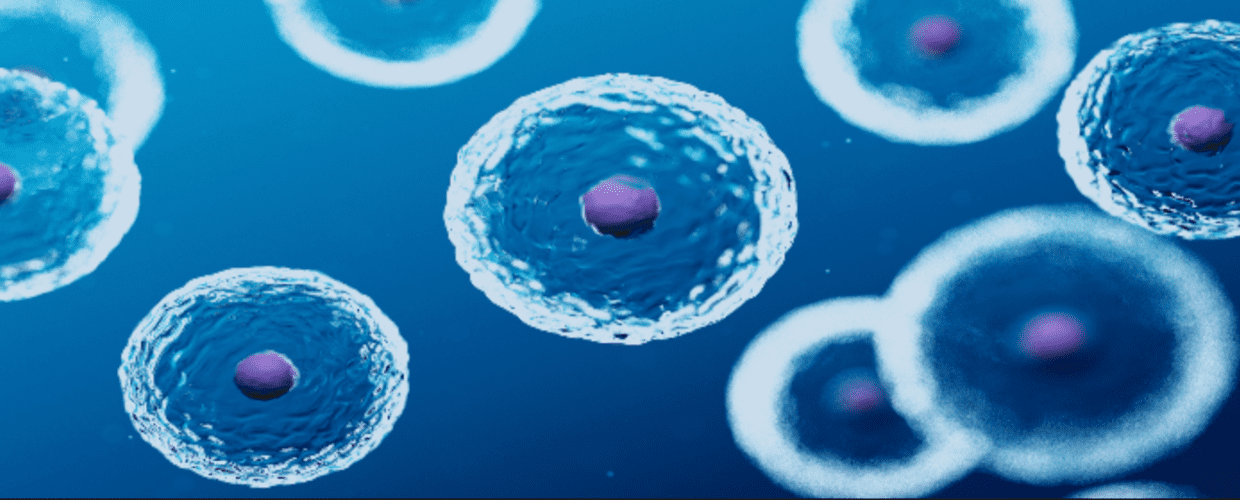Regenerative therapy is an emerging subset of healthcare that leverages treatments aimed to functionally restore specific tissues in the body. It helps patients with chronic illness or persistent injuries when traditional medicine has fallen short. One of the most promising forms of regenerative medicine is stem cell therapy.
Although it’s already been in place for many years, stem cell therapy is still considered a “new” treatment, as practitioners are still finding novel applications for stem cells all the time. More than one million treatments have been performed since the therapy’s inception, and outcomes are significantly improving as protocols are refined. Here’s what you should know about stem cell therapy.
What Are Stem Cells?
Stem cells are the body’s natural repair kit. They’re the building blocks upon which all tissues and organs are built since they have the ability to transform into mature cells. While every mature cell type has a specific role – muscle cells support the muscular system, for example – stem cells’ primary role is to regenerate into other cells as needed.
If tissue breaks down due to injury, for example, stem cells will target the affected area and regenerate into the specialized cell types. When transforming into these distinct cells, they take on their properties and functions.
A stem cell can turn into any one of the following differentiated cell types:
- Bone cells
- Muscle cells
- Blood cells
- Fat cells
- Skin cells
- Nerve cells
- Stem cells (through the process of self-renewal)
Stem cells are already within our bodies, so they are not a new “invention” from scientists. While they can be harvested and transplanted from external sources, they are also able to be retrieved from the patient themselves.
Stem cells have been found naturally within the brain, as well as bone marrow, adipose (fat) tissue, and the umbilical cord tissue. They are also present in the muscles, skin, and liver.
Our bodies are constantly regenerating stem cells. For instance, we shed skin cells all the time, and thus have an entirely new set of skin every two to three weeks. Our intestinal lining and liver also have innate regenerative qualities. And, while many different systems excel at regenerating on their own, other parts need some assistance. This is the very reason stem cell therapy was created.
Doctors can extract stem cells from a patient, then concentrate and activate them to ready them for therapeutic use in the body. They can then be transplanted to the area where they are needed most, where they’ll renew, multiply, and differentiate into specialized cells with distinct properties.
Where Do Stem Cells Originate From?
Stem cells are present in embryos as well as the adult body. Embryonic stem cells are only used in research applications after they’ve been donated by individuals who have undergone in vitro fertilization (IVF) after consent.
Adult stem cells referred to as pluripotent stem cells, have been used in therapeutic applications since the 1950s. While they can only multiply a certain number of times and transform into specific cell types, they still hold tremendous potential in therapeutic applications.
There are many new applications for disease and injury treatment is continuing to be discovered by stem cell researchers. Since the earliest findings of stem cells showed that there were considerable concentrations in the bone marrow, they were widely used as bone marrow transplants for patients with leukemia and other blood diseases. By 2010, stem cell therapy was being used for spinal injuries, and its applications in orthopedics have progressed rapidly since then.
In addition to patient-derived sources such a bone marrow or adipose (fat) tissues, stem cells can also be found in the umbilical cord. These cells are donated after a c-section birth by a patient who has given the proper consent and has been thoroughly screened for blood diseases. For patients who have insufficient stem cell sources or maybe of a certain age, umbilical stem cells may be a good alternative.
What Is Stem Cell Therapy?
While stem cell therapy is a cutting-edge medical option with immeasurable potential, the process itself is fairly simple. Choosing the provider is also part of the process of discovering stem cell therapy as a potential option.
First, the patient undergoes a consultation to discuss their condition and symptoms. The healthcare provider must ensure they’re a good candidate for stem cell therapy, and if so, determine which protocols will suit the patient best.
Once the stem cells have been acquired from either the patient or from a donated tissue source, they are prepared to then be readministered to the patient in targeted areas in their pre-determined treatment plan. Stringent quality control measures are in place to promote safety and optimal patient outcomes.
As the stem cells proliferate and transform into the necessary cell types, some symptoms may improve. The goal of these therapeutic treatments is to help stop or halt the progression of the patient’s condition and some also may gain symptom improvements as well as a result. Since treatment is delivered via injection and there is no large surgical site, symptoms are minimal and may include slight temporary soreness.
The benefits of regenerative therapy are vast, however. Not only is it simple and convenient, but it can help to reverse the effects of chronic, challenging conditions. As more positive research emerges, it will likely become even more widely embraced as a go-to treatment method.


 St. Petersburg, Florida
St. Petersburg, Florida
